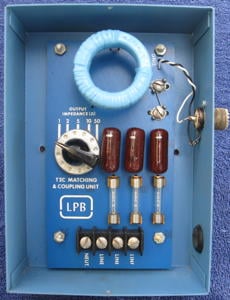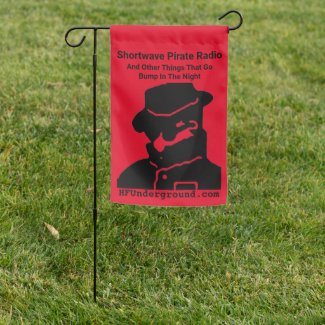1
Part 15 AM and FM Station Operation / Re: A free AM Carrier-Current Coupler Unit? You might already just have one. PIC
« on: July 11, 2025, 2132 UTC »https://www.edn.com/teardown-inside-a-dsl-gateway/ Ya know, ya look for tear-downs of DSL MODEM's, and everyone that has done so, and taken PIC's & VID's, are more interested in the IC's. However, what we are interested in, for our Carrier-Current purposes, is the built-in coupling unit. That link is more promising. From the green RJ-11 connector, follow that to the square block marked MOC. That, appears to be the coupler. Now, if we can get the pin-out INFO on that, this maybe our freebie coupler, as well as those coupling mylar CAP's that I see in there. Hmmmmmmmmmmmm... Me thinks me getting warmer?
To be honest I'm pretty confused about what the guy in the article accomplished, or if he accomplished anything. At the same time I'm also confused over your exploration of how the DSL modem parts can be utilized for AM carrier current coupler.
I dont know much of anything about cobbling together electronic components from scratch or from repurposed parts, but I wonder why a carrier current coupler should be so complicated to make when the greatest majority of the carrier current stations over the last 80+ years had been assembled and put in operation by young inexperienced college students.
Is there really something so complicated about a coupler that the average Joe is unable to construct one himself?
I feel like I'm missing something here. I mean, how complicated can this box be? (LPBs TC2 coupler):

blogs.telosalliance.com/lab-carrier-current-am-transmitter
"The T2C matched the 50-ohm output of the transmitter to the (usually) much lower impedance of the power line, and also isolated the RF output from the AC line. .... The output of the T2C was usually connected to all phases of a building's AC service through a 4-prong plug and mating socket connected to the main breaker panel. 3-amp fast blow fuses provided the last line of defense."[/i]
If I'm missing your point, then I should be excused because I'm quite confused.




